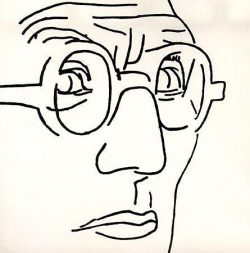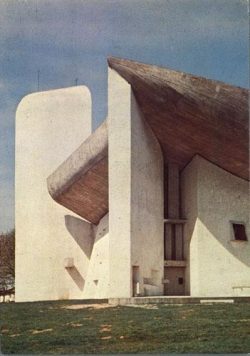Le Corbusier (1887-1965)
The famous architect was born into a Swiss Protestant family, became a French national in 1930 and had an international career.
Training and first steps in architecture
Charles-Edouard Jeanneret, who changed his name to Le Corbusier in 1920, was born in 1887 at la Chaux-de-Fonds, the capital of the Swiss-Jura. It was there he went to primary school then was an apprentice engraver-chaser at the Art School.
He was a self-taught architect, and built several houses in la Chaux de Fonds between the ages of 18 and 25. Then he developed his eye and sensitivity by travelling through Italy, Eastern Europe and Asia.
In 1908, he worked in Auguste Perret’s business in Paris where he settled for good in 1917. He was known first as a painter and with Amédée Ozenfant (1886-1966), a painter like him, developed a purist doctrine, the principles of which were expanded in the magazine he created in 1919, l’Esprit nouveau (the New Spirit).
Le Corbusier : an international figure
Between 1920 and 1939, he built several houses for the modernist international elite, for which he used the new techniques to express aesthetics based on his knowledge of classical architecture.
For him, “the beauty function is inseparable from the useful function… but usefulness is not beauty”.
He was granted French citizenship in 1930, and travelled all over the world to give lectures and design town-planning schemes, very few of which were actually implemented.
He built some of his most famous projects in France :
- villa La Roche ,in 1924,
- villa Savoye in Poissy (Yvelines), in 1929,
- Swiss pavilion at the Cité Universitaire in Paris, in 1929,
- an apartment building for rent, rue Nungesser et Coli, Paris 16, in 1931,
- Temps Nouveaux pavillon at the 1937 exhibition in 1937,
- a Claude-et-Duval factory at Saint-Dié ,Vosges, in 1946,
- the chapel of Notre Dame du Haut at Ronchamp , Douds, in 1951,
- apartment buildings called Cité Radieuse in Marseille, in 1945,
- apartment buildings in Rézé-les-Nantes, in 1952,
- Tourette Dominican convent in Eveux sur Arbresle, Rhône, in 1957.
In 1950, Le Corbusier was appointed adviser to the Punjab government for the construction of its new capital city, Chandigarh, and he was also architect for the administrative buildings.
He kept the position until 1964, and it was to be his only urban planning work actually constructed, along with the administrative buildings. Le Corbusier was fascinated by urban planning and created plans for Marseille, Algiers and Bogota, but they never were carried out. There was one specific plan, financed by the industrialist Gabriel Voisin, for reconstructing the historical centre of Paris, with 50-metre-high towers, spread evenly over a green park.
Despite his utopian ideas, Le Corbusier had a considerable influence on architecture. His ideas were not readily adopted, but some of his insights like the “Modulor” :”mesure harmonique à l’échele humaine” (a harmonious measure on a human scale) left their mark on his time.
For further information about Le Corbusier :
Fondation Le Corbusier
8 square du Docteur Blanche, 75016 Paris (France)
Tel : +33 (0)1 42 88 41 53
Website : www.fondationlecorbusier.asso.fr
Associated notes
-
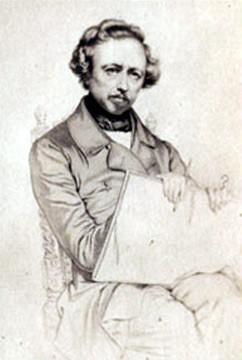
Ary Scheffer (1795-1858)
-

Jacques I Androuët du Cerceau (before 1520-1585 or 1586)
The influence of his many publications on architects was immense. He refused to convert to Catholicism despite his attachment to the King of France. -
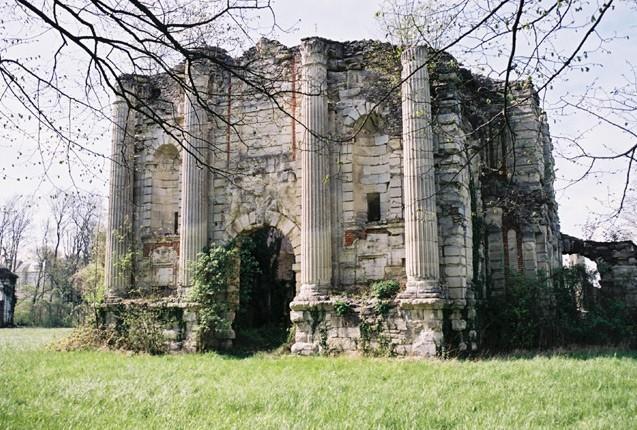
Jacques II Androuët du Cerceau (c. 1550/1560-1614)
Jacques II Androuët du Cerceau was present on construction sites launched by Henri IV towards the end of the 16th century. He is especially known as the architect of the... -
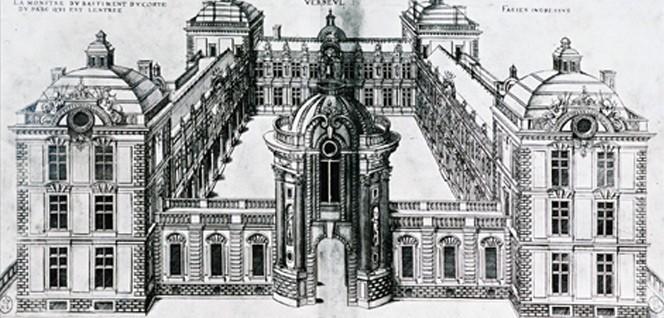
Salomon de Brosse (1571-1626)
Born in one of the most renowned families of architects of the 16th century, Salomon de Brosse was the famous architect of the Luxembourg Palace (nowadays housing the Senate) for... -
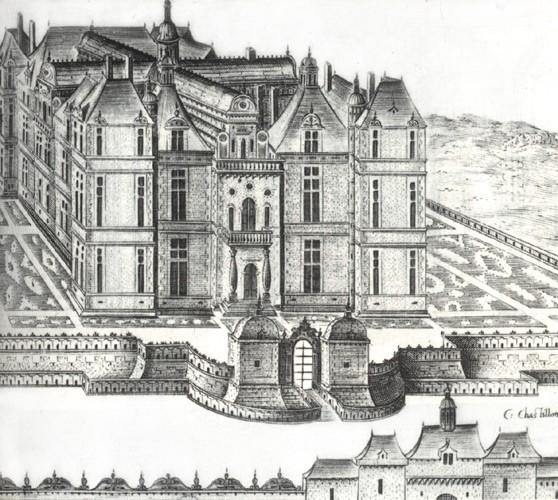
Baptiste Androuët du Cerceau (c. 1540/1550-1590)
Baptiste Androuët du Cerceau was appointed architect to the royal buildings. He remained firmly attached to the Reformed Religion.

